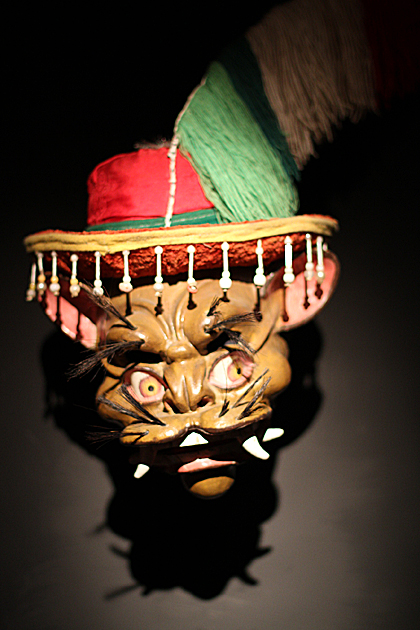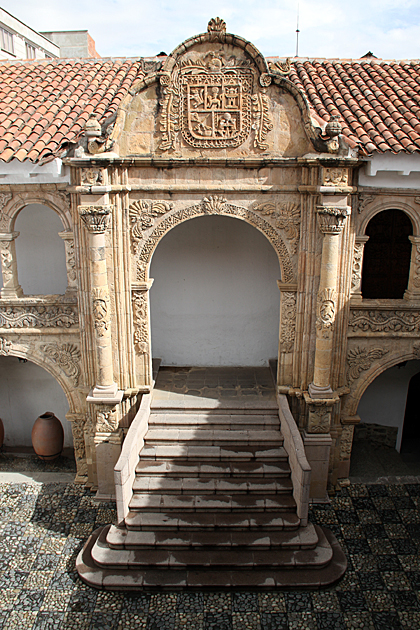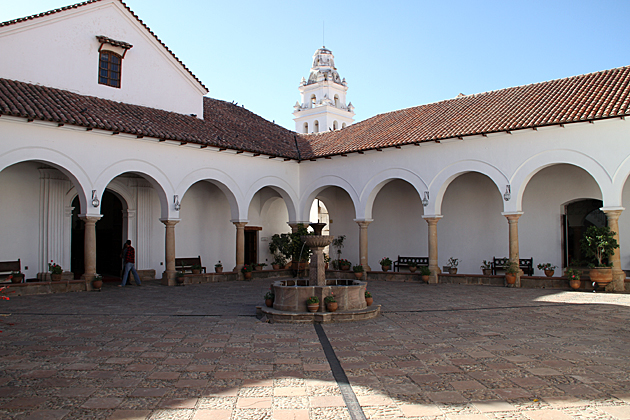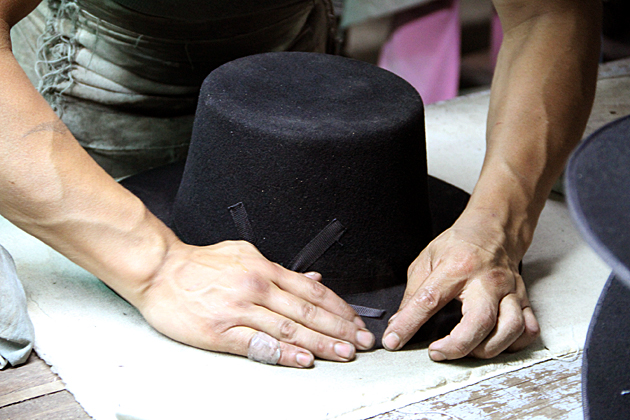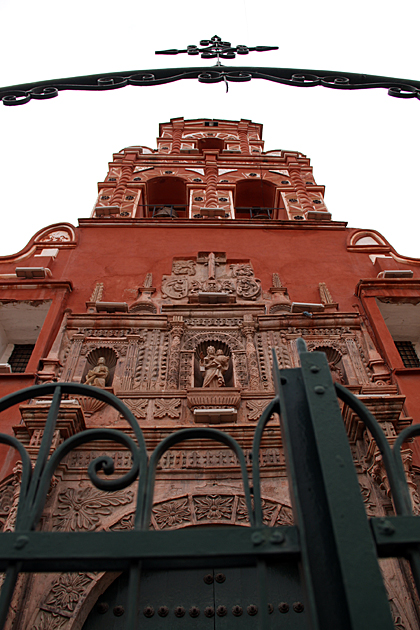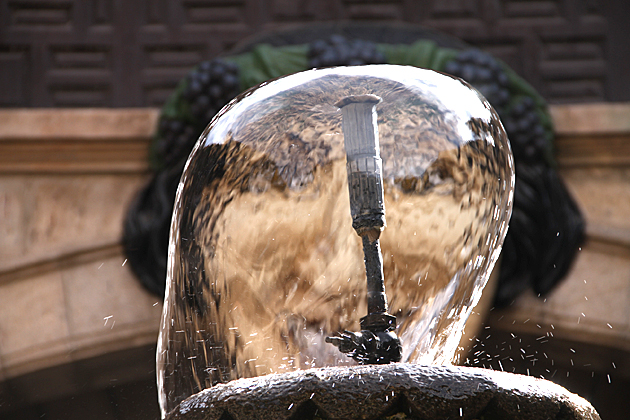The Ceremonial Masks of Bolivia
Masks are an essential part of Bolivian celebrations, allowing dancers to adopt the personalities which populate the country's myths and legends. Demons, dragons and angels join representations of real-world creatures like bears and beavers.
